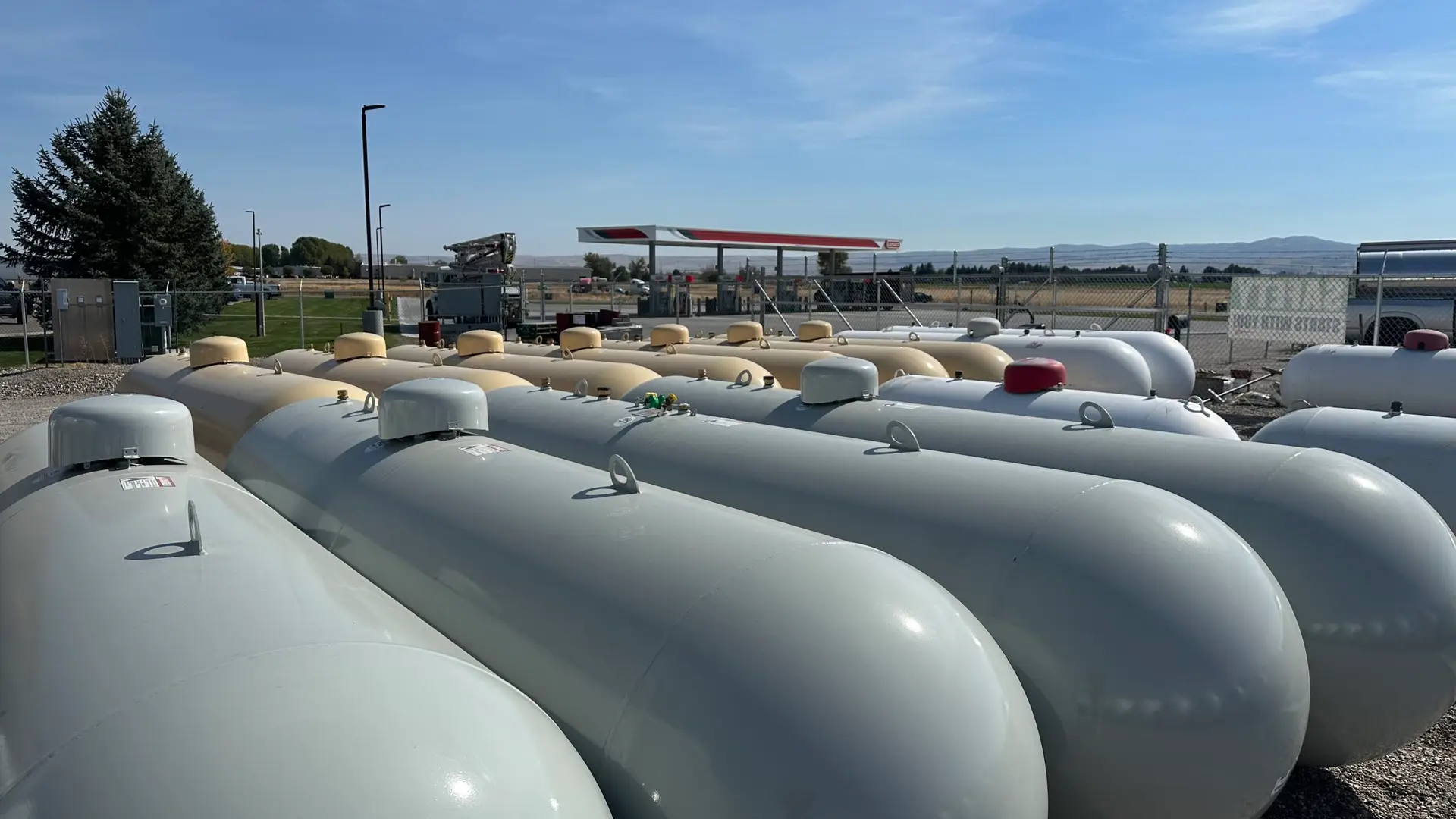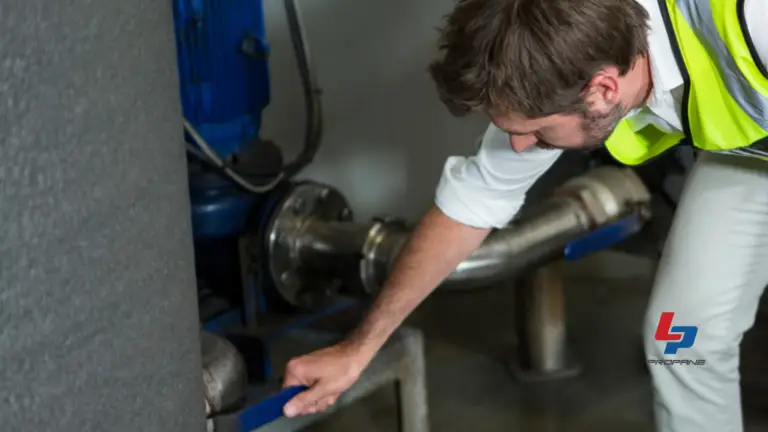
How Do You Fill Your Propane Tank without Paying too much
How Do You Fill Your Propane Tank without Paying too much Filling up your propane tank doesn’t require a huge amount of cash; however, many homeowners, Restaurant proprietors, and even RV owners are paying more than they ought to. Prices

